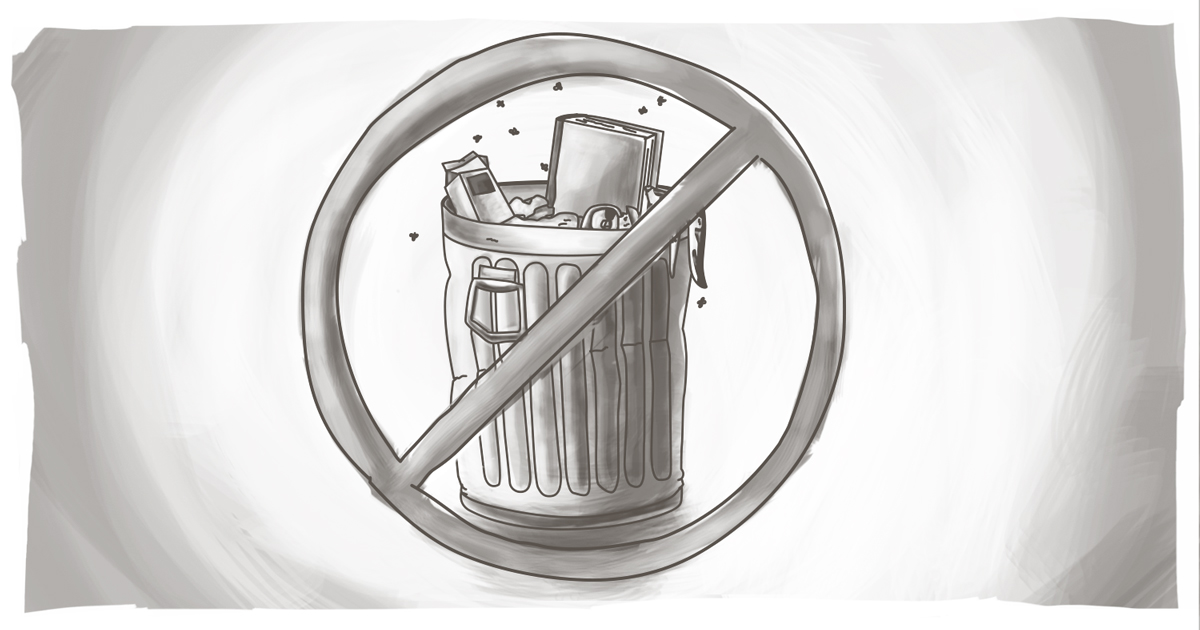Saying Goodbye Shouldn't be Hard -- Canada's Anti-Spam Laws Simplified and Demystified

In real life, goodbyes are often hard. In the digital world, they should be made as easy as possible.
Over the past week we've looked at the Canadian anti-Spam legislation and we've narrowed it down to three key rules to help ensure compliance:
- Obtain consent
- Clearly identify yourself
- Make it easy to unsubscribe
Today, we look at the third – make it easy to unsubscribe. You'd think it's a simple concept, but it hasn't proven to be. Why? Generally greed and misplaced hope.
In a previous post, I referenced a conference I attended in Chicago about a decade ago where we discussed e-mail marketing and best practices. When it came to unsubscribing, the answer seemed so simple to me: one-click unsubscribe.
Sadly, not everyone agreed – there were a lot of people in that room who felt that a trapped customer was better than a customer allowed to leave of his or her own volition. I guess they were hoping for some sort of Cyber Stockholm Syndrome – if the recipient was inundated with enough unwanted messaging, eventually they'd see the error of their ways and start buying.
So now we're here, with legislation mandating – essentially – one-click unsubscribe. Why? Because common sense is not so common.
Under the Canadian anti-spam legislation, you've got to include an unsubscribe mechanism in every electronic message you send.
Period. Simple. No fuss.
No, "Are you sure you want to leave?" or "We're sorry to see you go. Please click here to confirm your decision to unsubscribe."
Now there are caveats. For example, if you offer multiple subscriptions, you are able to direct them to a page where they can select which, if any, communications they want to continue to receive. Again, make it easy.
And if you're communicating by SMS, simply allowing them to text back STOP should suffice.
I know it can be tough. After all, social media marketing gurus/wizards/shamans have spent years conditioning people that more is better. Quantity, however, does not rule over quantity in real life. Again, if you have 10,000 subscribers but not one reads your content or purchases your product, what value does that truly have?
However, if people make a conscious and active choice to subscribe to your content, that shows an interest. If they choose not to unsubscribe, then it's safe to say they remain – at best – interested in your products and services. (At worst, they could just be indifferent).
Your customers shouldn't have to jump through hoops to get out of your clutches. And, ideally, with this new legislation, they shouldn't be fraudulently (or, to be kind, less than openly) recruited to your mailing lists, so unsubscribing won't be an issue in the future.
But understand that even a customer who 'leaves' can have a long-term impact on your business. Referral and peer-review are strong motivators for customer behaviour. So do you want to annoy your departing 'customer' just for the sake of numbers? Or do you want to make the departure quick, easy, and painless. The former may result in increased ill-will and a greater likelihood of negative referrals.
Saying goodbye may not be our favourite thing to do. But let's not make it any harder than it needs to be.
How do I have to allow people to unsubscribe as per Canada's anti-Spam law
SUBSCRIBE TO OUR E-NEWSLETTER
 Subscribe
Subscribe


